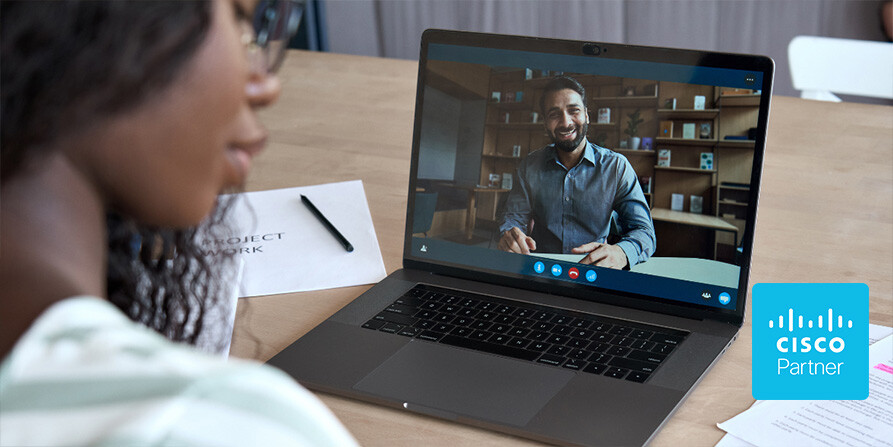Stay service-savvy
Get all the latest news and insights straight to your inbox.

Today’s learning environments have evolved far beyond chalkboards and paper workbooks. Modern students and educators expect integrated IoT devices, personalised systems, and consistently reliable Wi-Fi. But before these expectations can be met, the buildings themselves need attention. Energy-efficient, safe and well-run buildings foster the environment required for outstanding education provision.
Smart buildings are a cost-effective way for further and higher education institutions to meet these needs and prepare for the future, including achieving sustainability targets.
Nearly three-quarters (72%) of higher education providers in the UK are predicted to be in deficit by 2025-26. Faced with this statistic, the idea of investing in new technology may seem counter-intuitive, but it will help you cut costs in the long run.
By using sensors to identify exactly where and when energy is needed, smart buildings help ensure you never pay for energy that you don’t use. With the insights generated by unified system integration features, you can also save on unnecessary operational costs by identifying tasks that can be automated or combined. This will free up time for your staff to work on higher priority and more complex tasks.
A further benefit of these insights is that you’ll be able to make more strategic business decisions, for example changing opening times to better align staff working patterns with student timetables. Each refinement will reduce operating costs and improve your energy savings.
By cutting energy waste, you contribute to the overall sustainability of your building. This progress aligns with the commitments made by 168 UK institutions to achieve carbon neutrality by 2050, with some as soon as 2030.
Generation Z are making financial decisions based on sustainability considerations, and three-quarters of millennials consider themselves eco-conscious. So, as well as helping ensure you achieve your sustainability goals, and reduce costs, reducing the environmental impact of your institutions will also attract students with a greener outlook.
Investing in smart building solutions will significantly improve the performance of your buildings. With continuous monitoring, any defects to your systems or structures would be immediately highlighted, making it easy for you to remedy them before they worsen.
The RAAC concrete crisis affecting over 100 schools last year highlights the risks of unresolved building defects, demonstrating how proactive monitoring and maintenance can prevent costly closures. Smart building solutions could prevent this worst-case scenario from happening.
A high-performing building is a safe environment for your students and staff to flourish. As a result, interest in attending and working at your institutions will increase, helping strengthen your bottom line and longevity.
Students look at higher and further education as an investment in their future. Increasingly, that includes the future of the planet with over half of students factoring sustainability credentials into their choice of education institution.
Smart building solutions enable you to meet these modern expectations, reduce operational costs, and enhance overall performance, ultimately positioning your institution for long-term success.
To find out more about our Smart Buildings solutions call us on 0344 863 3000 or email us at enquiries@wavenet.co.uk
Cisco, Public Sector, Education, Smart Buildings, Intelligent Connectivity
Get all the latest news and insights straight to your inbox.